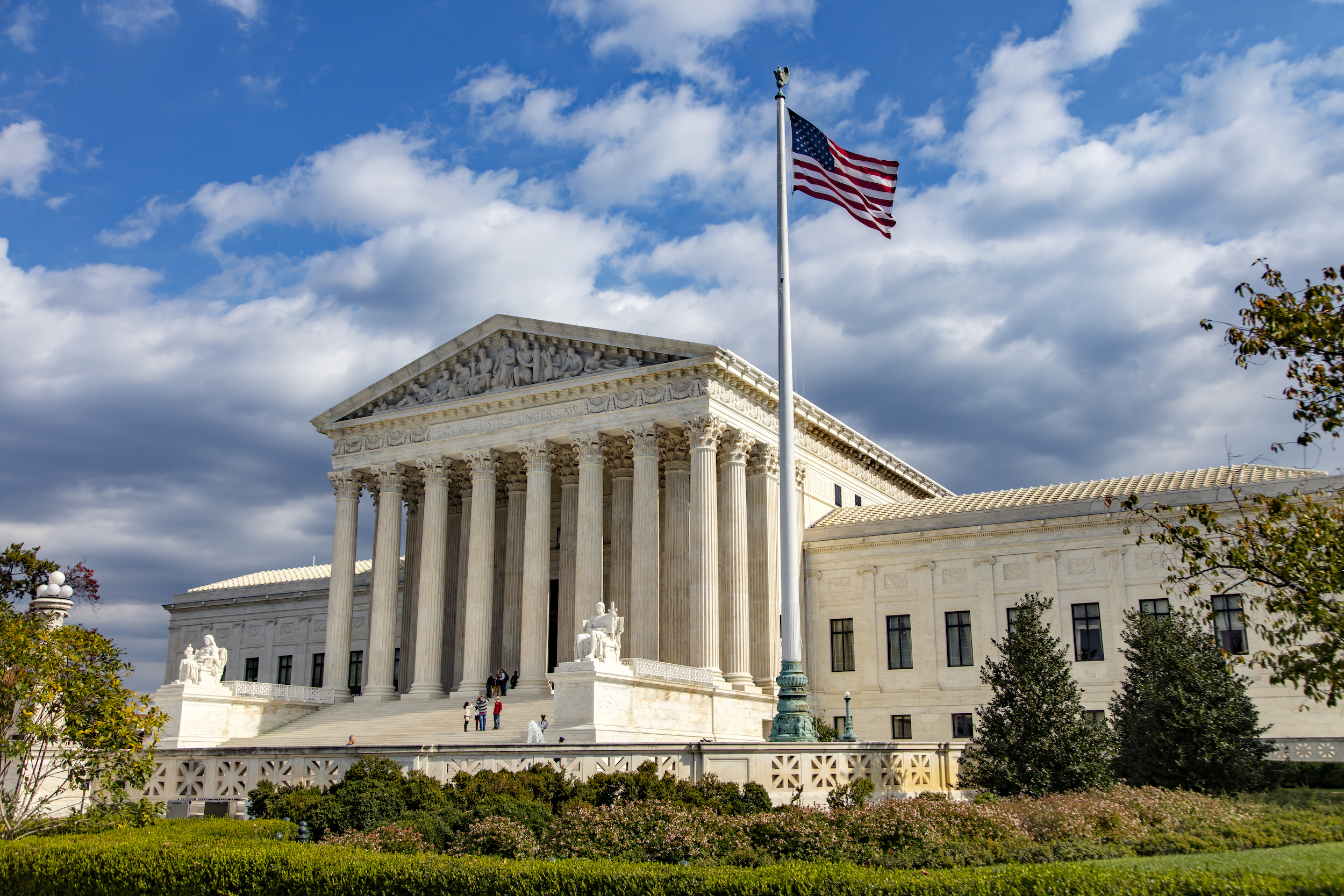Supreme Court: Google Copy of Oracle's Java API Code Was Fair Use
Decision is big win for Oracle competitors

In a big victory for Google and fair use fans, the Supreme Court has ruled that Google's copying of Oracle's Java computer code (11,500 lines to be exact) for its API, part of its creation of a new Android software platform for mobile devices, was fair use.
It is the latest, and apparently final, twist in a years-long legal battle.
The Supreme Court back in November agreed to hear the appeal of two decisions that Google's copying of a portion of the Java application API to Android, so programmers could more easily write apps for Android phones, was a violation of copyright. The decisions means others can now create interoperable systems without fear of violating copyright.
"The outcome, which has sweeping implications for the tech industry, means the reuse of certain program elements necessary for interoperability is fair use and not an infringement of copyright law," said the Computer & Communications Association (CCIA), whose members include Google, Amazon Facebook and Mozilla.
The decision was 6-2 with Justices Alito and Thomas dissenting and Justice Barrett recused.
Oracle had charged copyright violation. A jury had ruled it was fair use, but the U.S. Court of Appeals for the Federal Circuit, which handles copyright cases, had reversed the decision, saying that the lines of code were copyrightable and remaining the case back to the court for a trial on damages
Google appealed to the High Court.
Multichannel Newsletter
The smarter way to stay on top of the multichannel video marketplace. Sign up below.
The Supreme Court concluded, in a ruling handed down Monday (April 5) and delivered by Justice Breyer, that "The fact that computer programs are primarily functional makes it difficult to apply traditional copyright concepts in that
technological world. Applying the principles of the Court’s precedents and Congress’ codification of the fair use doctrine to the distinct copyrighted work here, the Court concludes that Google’s copying of the API to reimplement a user interface, taking only what was needed to allow users to put their accrued talents to work in a new and transformative program, constituted a fair use of that material as a matter of law."
"In a sense, the declaring code was the key that it needed to unlock the programmers’ creative energies. And it needed those energies to create and to improve its own innovative Android systems," Breyer wrote, abnd said the court did not believe Google could have achieved a Java compatible product by only copying the 170 lines that Oracle allows programmers to copy to werte in the Java language.
Breyer said the court decision does not "overturn or modify" other faiir use cases involving "knockoff' products, journalistic writings, and parodies.
The majority said even those 11,500 lines of the declaring code in Java's API was only a small portion of the entire code, but the dissenters, with Justice Thomas writing the opinion and Justice Alito joining, said the relevant code was the subset of declaring code, so Google's copying was more than just a little bit.
"Even if Google’s use were transformative, the majority is wrong to conclude that Google copied only a small portion of the original work," Thomas wrote. "The majority points out that the 11,500 lines of declaring code—enough to fill about 600 pages in an appendix, ere just a fraction of the code in the Java platform. But the proper denominator is declaring code, not all code. A copied work is quantitatively substantial if it could “serve as a market substitute for the original” work or “potentially licensed derivatives” of that work. The declaring code is what attracted programmers. And it is what made Android a 'market substitute' for 'potentially licensed derivatives' of Oracle’s Java platform," Thomas write. "Google’s copying was both qualitatively and quantitatively substantial."
“After more than a decade of litigation this ruling is a win for interoperability, copyright principles and the future of innovation," said CCIA, which backed Google in the court fight with Oracle. "The high court’s decision that fair use extends to the functional principles of computer code means companies can offer competing, interoperable products....Nearly every computer program, once copied, can be used to create new products. Surely the majority would not say that an author can pirate the next version of Microsoft Word simply because he can use it to create new manuscripts."
“The Supreme Court came to the right decision here," said John Bergmayer, legal director for fair use advocate Public Knowledge. "The jury at the trial court concluded that Google’s use of the Java API was a fair use, and the Court’s own fair use analysis came to the same conclusion."
“Today’s Supreme Court decision is a win for fair use, computer programmers and American consumers," said Re:Create Executive Director Joshua Lamel (https://www.recreatecoalition.org/recreate-statement-on-u-s-supreme-court-decision-in-favor-of-fair-use-in-google-v-oracle/. "The court makes it clear that programmers can use declaring code without permission as a fair use in order to write their own new, creative implementing code. Copyright’s purpose is to promote, not hinder creativity, and the Supreme Court reaffirmed the importance of fair use in finding that balance. It made clear that Oracle’s attempt here would have had a negative impact on the creativity of programmers."
Contributing editor John Eggerton has been an editor and/or writer on media regulation, legislation and policy for over four decades, including covering the FCC, FTC, Congress, the major media trade associations, and the federal courts. In addition to Multichannel News and Broadcasting + Cable, his work has appeared in Radio World, TV Technology, TV Fax, This Week in Consumer Electronics, Variety and the Encyclopedia Britannica.

